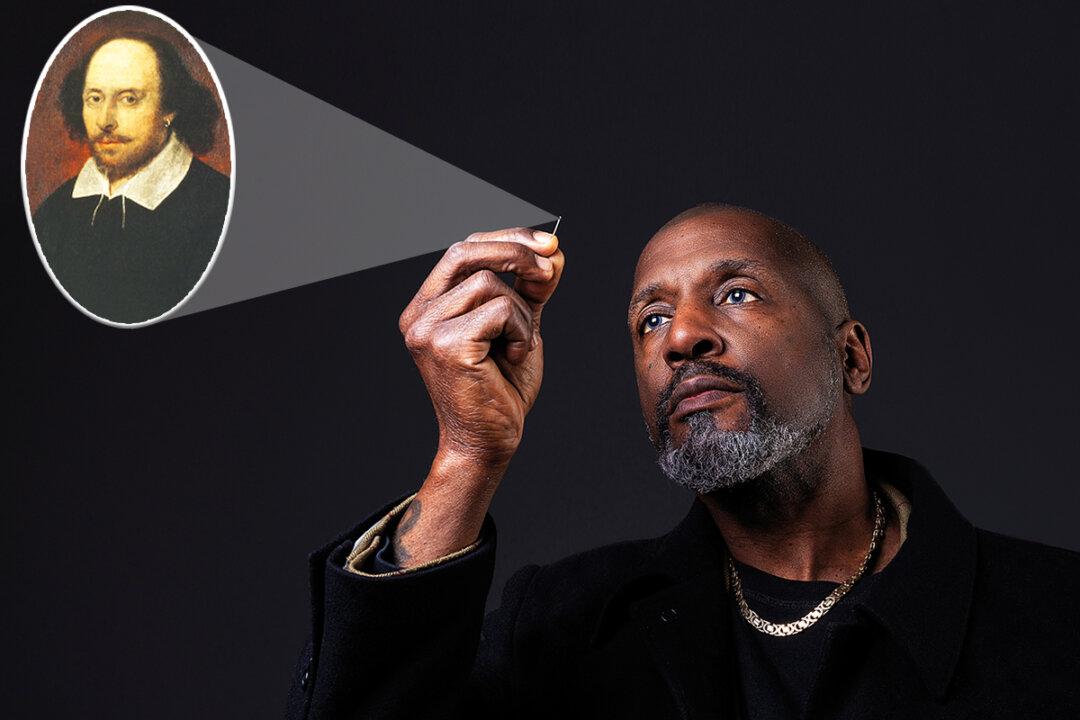The world’s leading micro-sculptor has revealed his latest intriguing work: a minuscule bust of William Shakespeare.
British artist Willard Wigan MBE, who has autism, used a tiny piece of beard stubble as a brush, plus an eyelash sharpened to a fine tip to create his unbelievably delicate sculpture—“The Bard of Arvon: To See or Not to See.”






